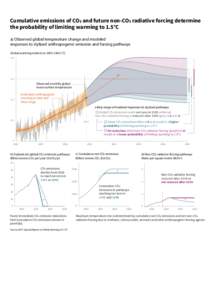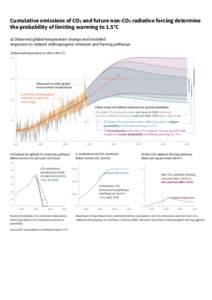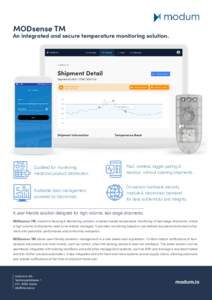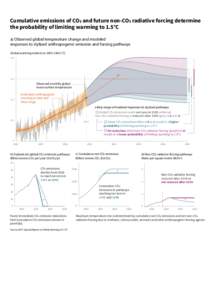<--- Back to Details
| First Page | Document Content | |
|---|---|---|
 Date: 2013-04-18 19:18:26Chemical engineering Clean Water Act Water cooling Cooling tower California Environmental Quality Act Power station United States Environmental Protection Agency Water pollution Technology Temperature |
Add to Reading List |
 PROPOSED AMENDMENT TO THE WATER QUALITY CONTROL POLICY ON THE USE OF COASTAL AND ESTUARINE WATERS FOR POWER PLANT COOLING FOR NPDES PERMITTING ACTIONS BY
PROPOSED AMENDMENT TO THE WATER QUALITY CONTROL POLICY ON THE USE OF COASTAL AND ESTUARINE WATERS FOR POWER PLANT COOLING FOR NPDES PERMITTING ACTIONS BY


